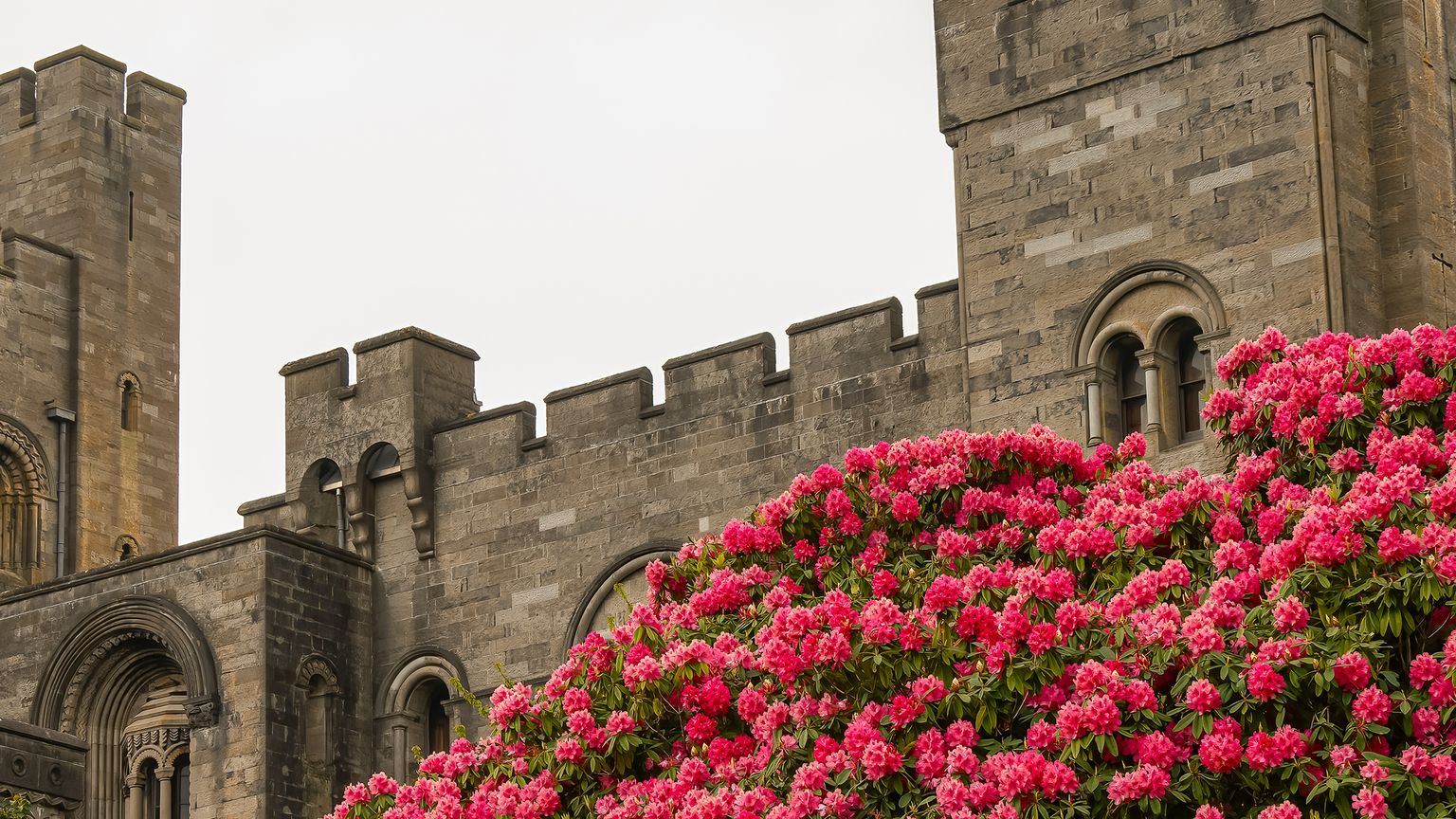5 Reasons to visit Yosemite National Park in the summer
California’s Sierra Nevada Mountains lay claim to one of the United States’ most breathtaking gems: Yosemite National Park. Here are five reasons why summer is the perfect time to visit this pristine, UNESCO-recognized destination on tour.
California’s Sierra Nevada Mountains lay claim to one of the United States’ most breathtaking gems: Yosemite National Park. From picturesque waterfalls and crystalline lakes to massive, 3,000-year-old sequoia trees and soaring granite formations, every corner of this UNESCO-recognized landscape is replete with beauty. Although Yosemite is stunning any time of year, here are five reasons why summer is the perfect time to pay a visit to this pristine natural destination on our Grand Tour of California.

1
The park’s thundering waterfalls will be close to peak season
Seasonal snowmelt feeds Yosemite’s many waterfalls, which can be found scattered throughout the park and are one of its most notable draws. The rising spring temperatures start the annual melt, which means the falls will be at their best in late May and early June. This is the time to go to hear the roar of Yosemite Falls, one of the world’s tallest cascades, as well as Bridalveil Fall, which is one of first cataracts to greet visitors as they enter the park.

2
The giant sequoias and wildflowers will be in bloom
Sequoia trees are some of the largest living things on the planet, and Yosemite is home to three groves of these massive marvels, which can live to be more than 3,000 years old. Even though these giant evergreens don’t drop all their needles in the winter, the summer sunshine streaming through the trees’ canopies makes these natural wonders even more memorable. Plus, many of Yosemite’s wildflowers begin to bloom in June, and a summertime visit means you can view the plethora of colorful buds and serene meadows, which sit in striking contrast to Yosemite’s craggy rock formations. Head out on a summertime jaunt and keep your eyes open for purple asters, bright yellow alpine goldenrod and delicate red columbine, among innumerable others.

3
All areas of the park will be accessible—providing awe-inspiring views
Heavy snowfalls close many of Yosemite’s roads in the winter, and a visit during the colder months means you’ll miss one of the most stunning viewpoints: Glacier Point. This lookout offers a breathtaking vista of Yosemite Valley and can only be accessed by Glacier Point Road, which isn’t open to vehicle traffic until late May. Simply seeing the expansive valley makes a warm-weather trek to this overlook a must, but if you need another bonus, Tioga Road also opens again in the summer. This road leads to Tioga Pass, which is the only area where you might catch a glimpse of the park’s small population of endangered Sierra Nevada bighorn sheep.

4
The air will be balmy, so you can take in stunning sights at your leisure
Not only are more areas of the park accessible during the summer months, but the pleasant weather makes being outside for longer periods of time more alluring. You can soak in summer rays and bask in balmy air while marveling at Yosemite’s most striking features—without worrying about getting too chilly. Drive up to Inspiration Point to view Half Dome and El Capitan, two of the park’s iconic granite formations. Keep an eye out for some of the area’s almost 200 species of birds. Or, simply enjoy the warmer weather and the great outdoors as you revel in the peace and quiet of this protected landscape.

5
The alpine butterflies will be out in full force
Yosemite is dotted with a vast array of animal life, including mule deer, black bear, spotted owls, bobcats—even insects. Although insect viewing may not be everyone’s top priority during their visit, Yosemite does boast a healthy population of over 60 different alpine butterflies, which are distinguished as the park’s most studied insect. During the summer, these elegant, rare alpine creatures put on a lovely showing of fluttering and feeding on wildflower nectar, making the area feel even more otherworldly.
Have you ever been to Yosemite National Park during the summer months? Tell us about your favorite part of the visit on Facebook!




)































































































